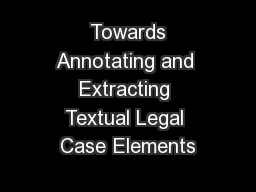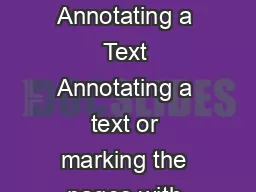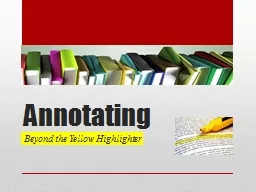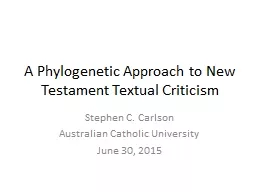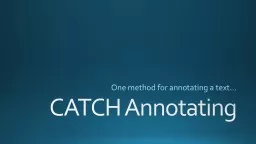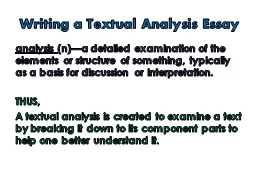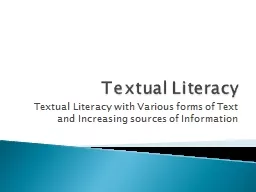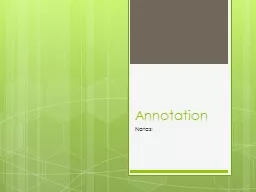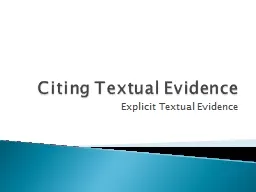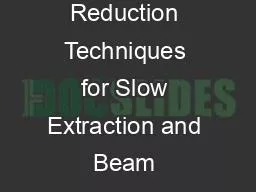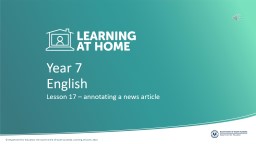PDF-Towards Annotating and Extracting Textual Legal Case Elements
Author : test | Published Date : 2014-09-30
In common law contexts legal cases are decided with respect to precedents rather than legislation as in civil law contexts Legal professionals must 64257nd analyse
Presentation Embed Code
Download Presentation
Download Presentation The PPT/PDF document " Towards Annotating and Extracting Textu..." is the property of its rightful owner. Permission is granted to download and print the materials on this website for personal, non-commercial use only, and to display it on your personal computer provided you do not modify the materials and that you retain all copyright notices contained in the materials. By downloading content from our website, you accept the terms of this agreement.
Towards Annotating and Extracting Textual Legal Case Elements: Transcript
Download Rules Of Document
" Towards Annotating and Extracting Textual Legal Case Elements"The content belongs to its owner. You may download and print it for personal use, without modification, and keep all copyright notices. By downloading, you agree to these terms.
Related Documents

